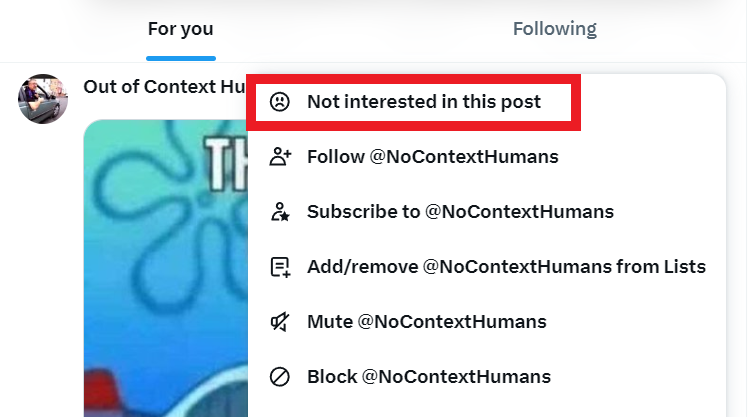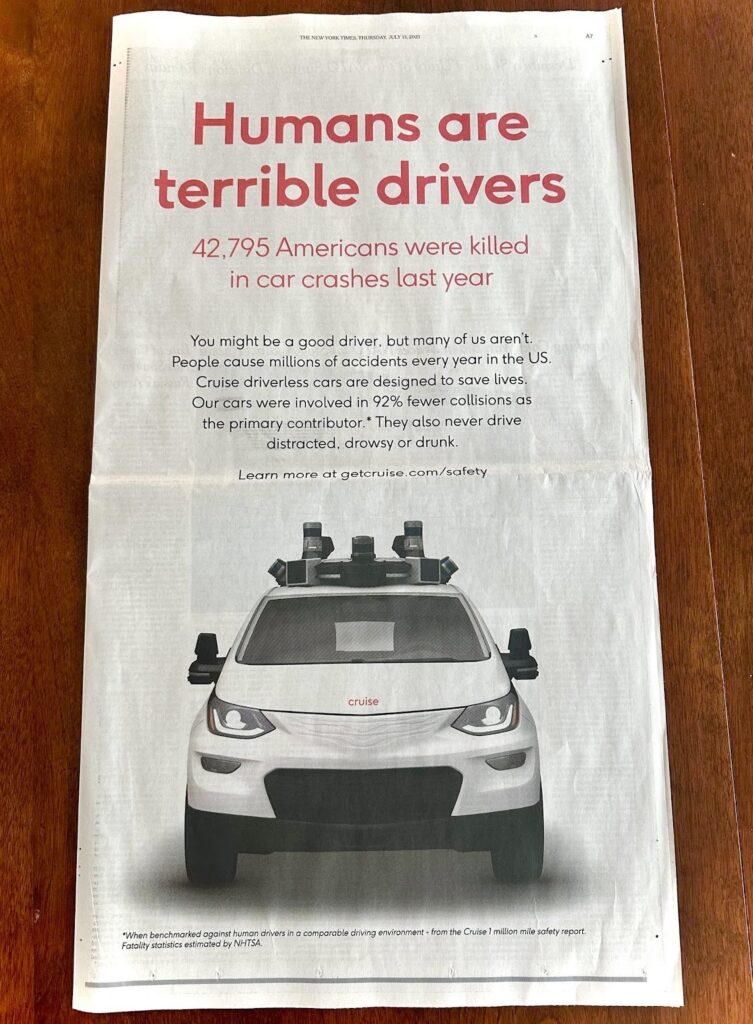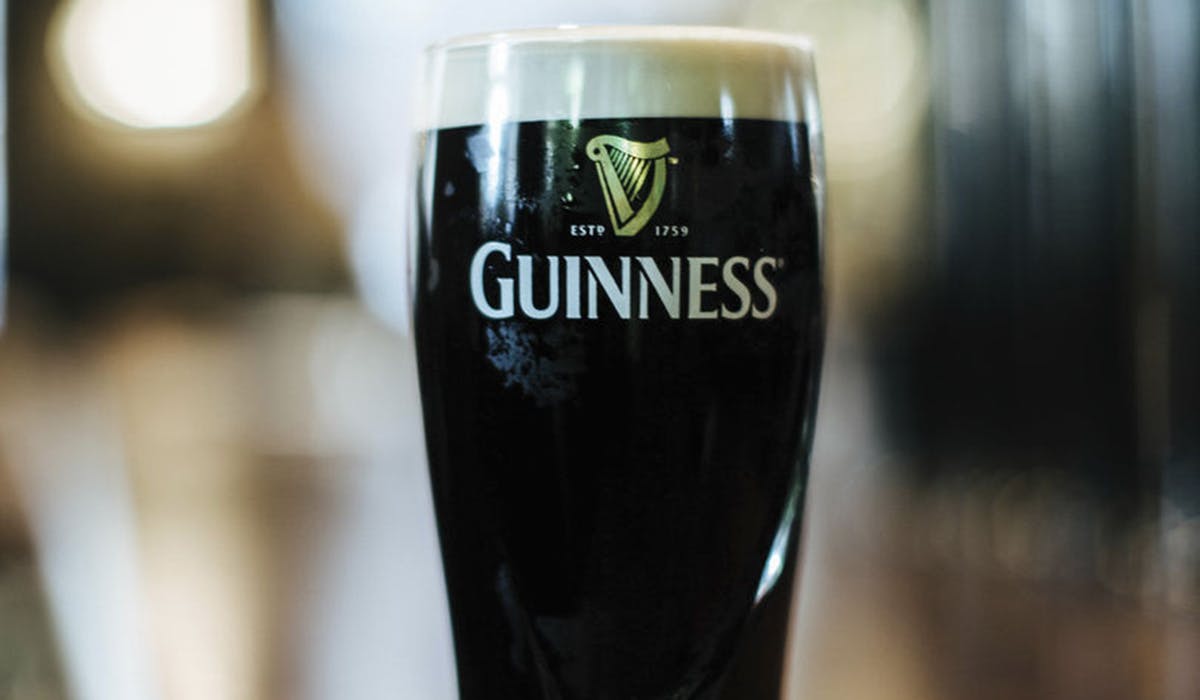Matthew Gault hits the nail on the head with his take on advertising on Twitter these days. Many of the big advertisers have left, leaving a bunch of scammy drop-shipping companies that Twitter users are calling out via Community Notes.
“Twitter has an ad problem. Mainstream advertisers have fled the platform in droves since erratic billionaire Elon Musk took over the site, and what’s replaced them is a flood of dropshipping companies and scammy video games. The problem has gotten so bad that users have taken it upon themselves to warn each other about the site’s junky ads.
Twitter’s feed looks a lot like Facebook these days. Both are awash in bottom-barrel advertisers that were once relegated to the dregs of the chumbox at the bottom of Daily Mail articles but now clog up our social media feeds”.





